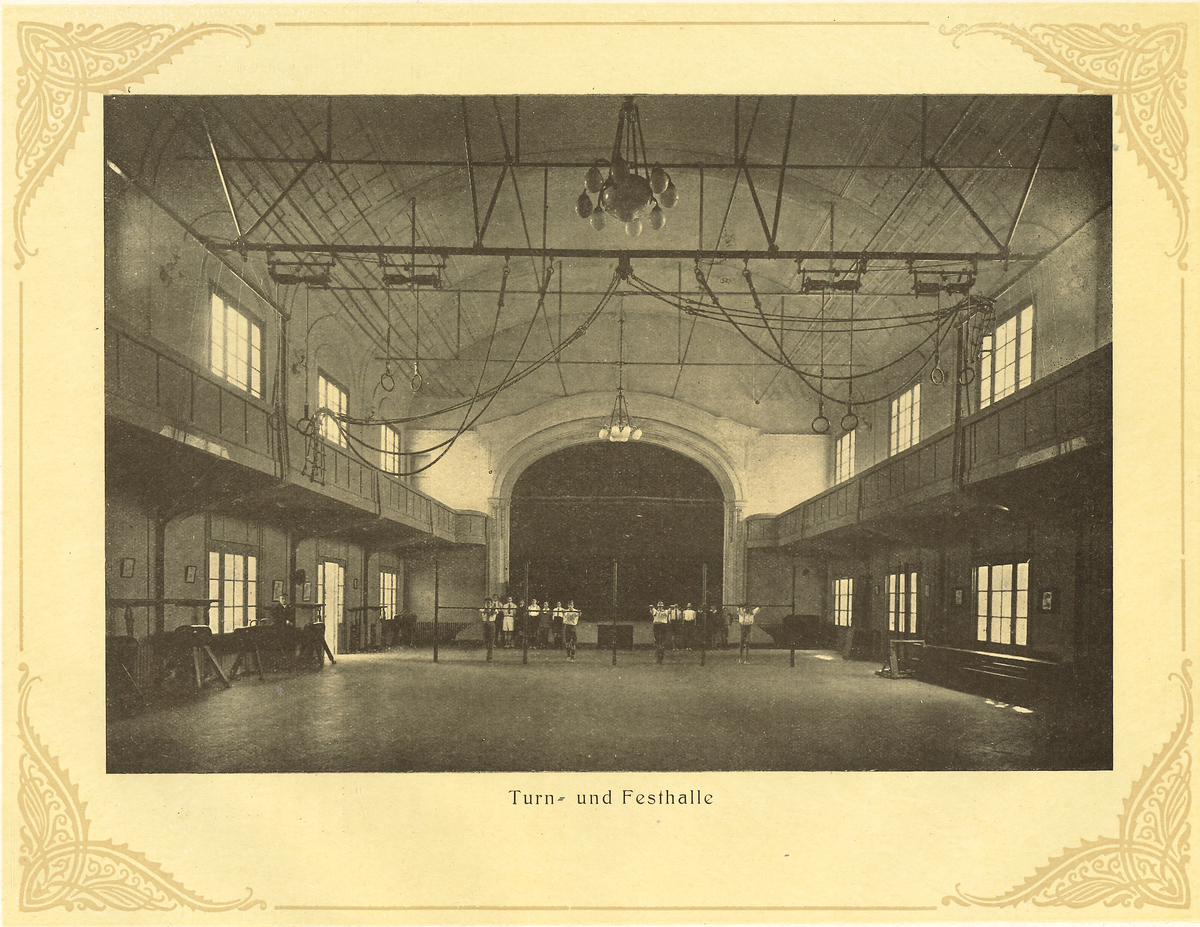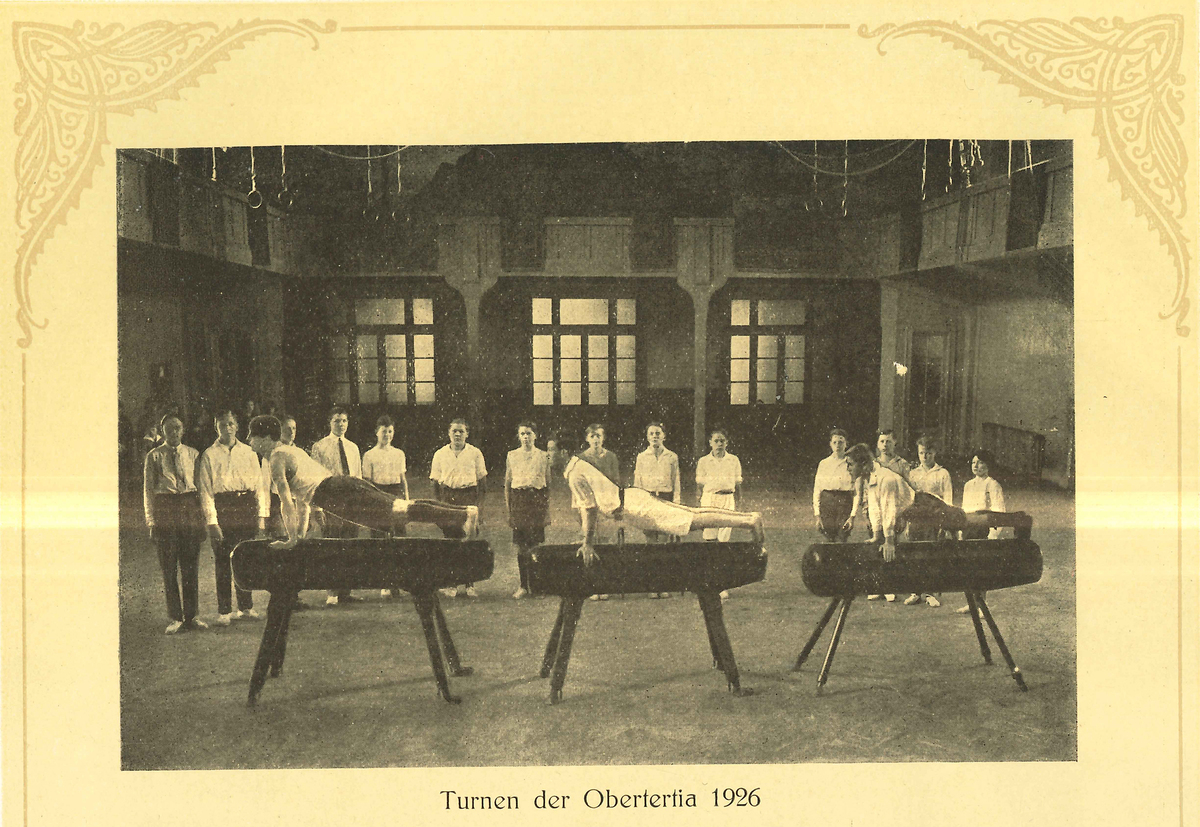Gymnastics as Cultural Heritage: The Gymnasium of the Belgrano School, Buenos Aires (1927)
Abstract
Since the nineteenth century, Argentina has been home to German communities that are as politically, socially, and religiously diverse as Germany itself. By around 1900, there were already sixty-five German schools in Argentina, and hundreds by the 1930s. The Belgrano School was an elite German school in Buenos Aires. Its longtime director, Wilhelm Keiper, advocated inculcating a common German culture in the young Germans of Argentina. Other directors took a different approach, aiming instead to prepare youngsters for their lives in Argentina by offering Spanish lessons. The Belgrano School's gigantic gymnasium signaled that skill in gymnastics/calisthenics [Turnen] was considered a marker of Germanness.
Source
Source: Wilhelm Keiper, Die Belgrano Schule in Buenos Aires, 1897–1927. Buenos Aires, 1927, n.p.
Further Reading
Franka Bindernagel, Deutschsprachige Migranten in Buenos Aires: Geteilte Erinnerungen und umkämpfte Geschichtsbilder, 1919–1932. Paderborn: Schöningh, 2018.
Krista O’Donnell, Renate Bridenthal, and Nancy Reagin, eds., The Heimat Abroad: The Boundaries of Germanness. Ann Arbor, MI: University of Michigan Press, 2005.
H. Glenn Penny, “Diversity, Inclusivity, and ‘Germanness’ in Latin America during the Interwar Period,” The Bulletin of the German Historical Institute 61 (Fall 2017), pp. 85–108. Available online at: https://www.ghi-dc.org/publication/bulletin-61-fall-2017
H. Glenn Penny and Stefan Rinke, “Germans Abroad: Respatializing Historical Narrative,” Geschichte und Gesellschaft 41 (2015), pp. 173–96.

